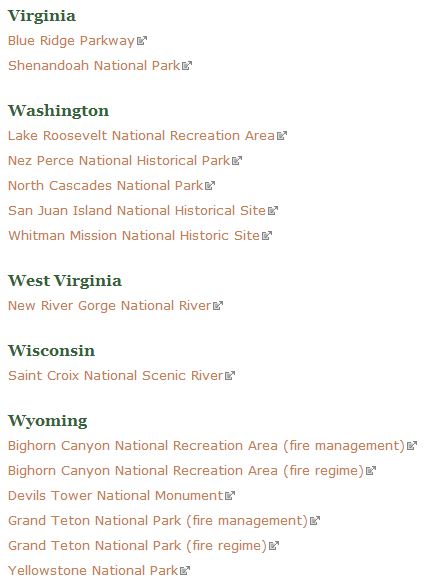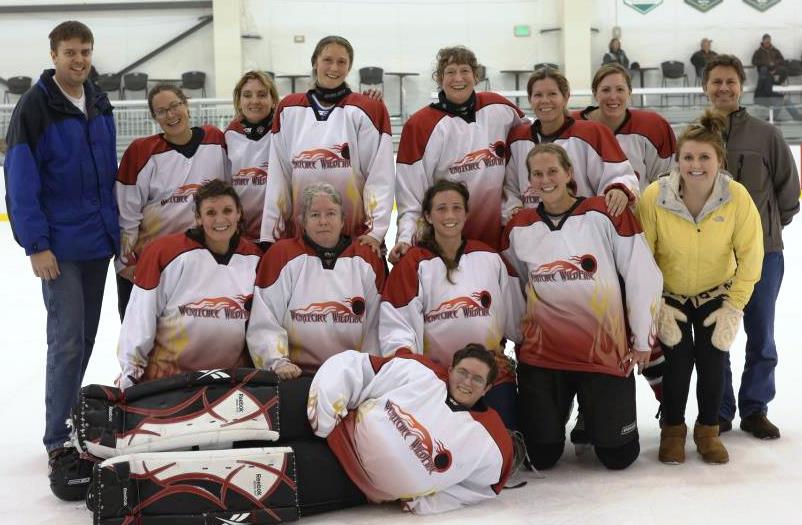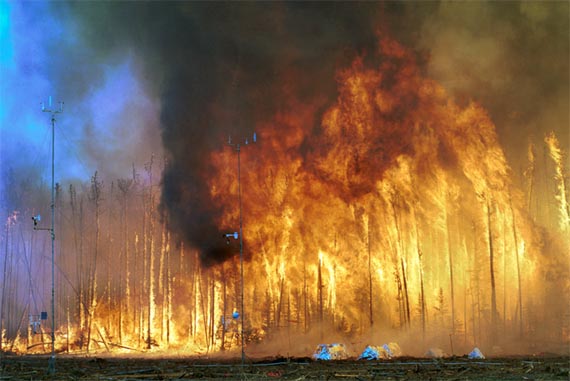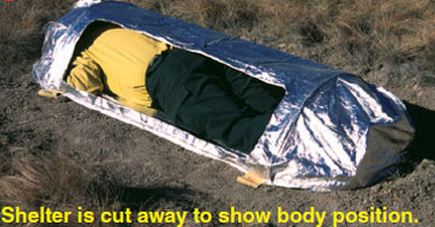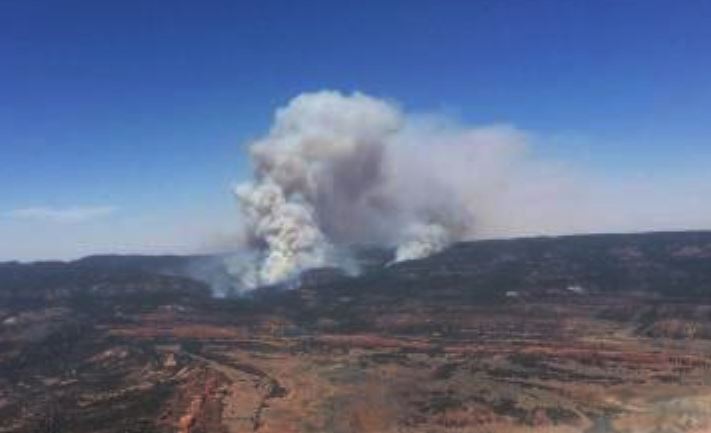
*The Assayii Fire in northwest New Mexico, reported on Friday the 13th, has burned 12,107 acres on the Navajo Nation in the Bowl Canyon area.
*Missoula smokejumpers got checked out on a new Eurocopter (now Airbus Helicopters) EC135 helicopter on Tuesday.
*On Tuesday five fires were intentionally set in vegetation in Oakland, California about two miles from where the Tunnel Fire began, which in 1991 killed 25 people (23 civilians, 1 police officer, and 1 firefighter), injured 150, and destroyed 2,449 single-family dwellings and 437 apartment and condominium units.
*An off duty firefighter employed by the city of Arcadia, California is missing in the Los Padres National Forest in southern California.
*California will give $10 million of the $48 million of the “fire fees” they have collected to counties and organizations who intend to use the funds for fire prevention and mitigation projects.
*Evaluations of how agencies in San Diego County handled the rash of wildfires in mid-May determined that communications was major issue; that and the need for a third helicopter, but the $5 million request for the helicopter was not approved.
*Three cities in the Austin, Texas area plan to install a network of wildfire detection cameras to add to the one purchased last year by West Lake Hills.
*Squirrels may be to blame for some patchy reproduction of lodgepole pines following the 1988 wildfires in Yellowstone National Park.
*An unfortunate raven started a wildfire 25 kilometers northeast of Yellowknife in the Northwest Territories of Canada when it contacted electrical wires; we will add this to our Animal Arson series, although it may have been a case of suicide arson.
*Dan Glickman and Harris Sherman, two former very high-ranking appointees in the Department of Agriculture, wrote an opinion piece for the New York Times supporting the bill that would allow the Forest Service to draw money from federal disaster funds when firefighting costs reach 70 percent of the 10-year average.
Thanks and a hat tip go out to Doug

